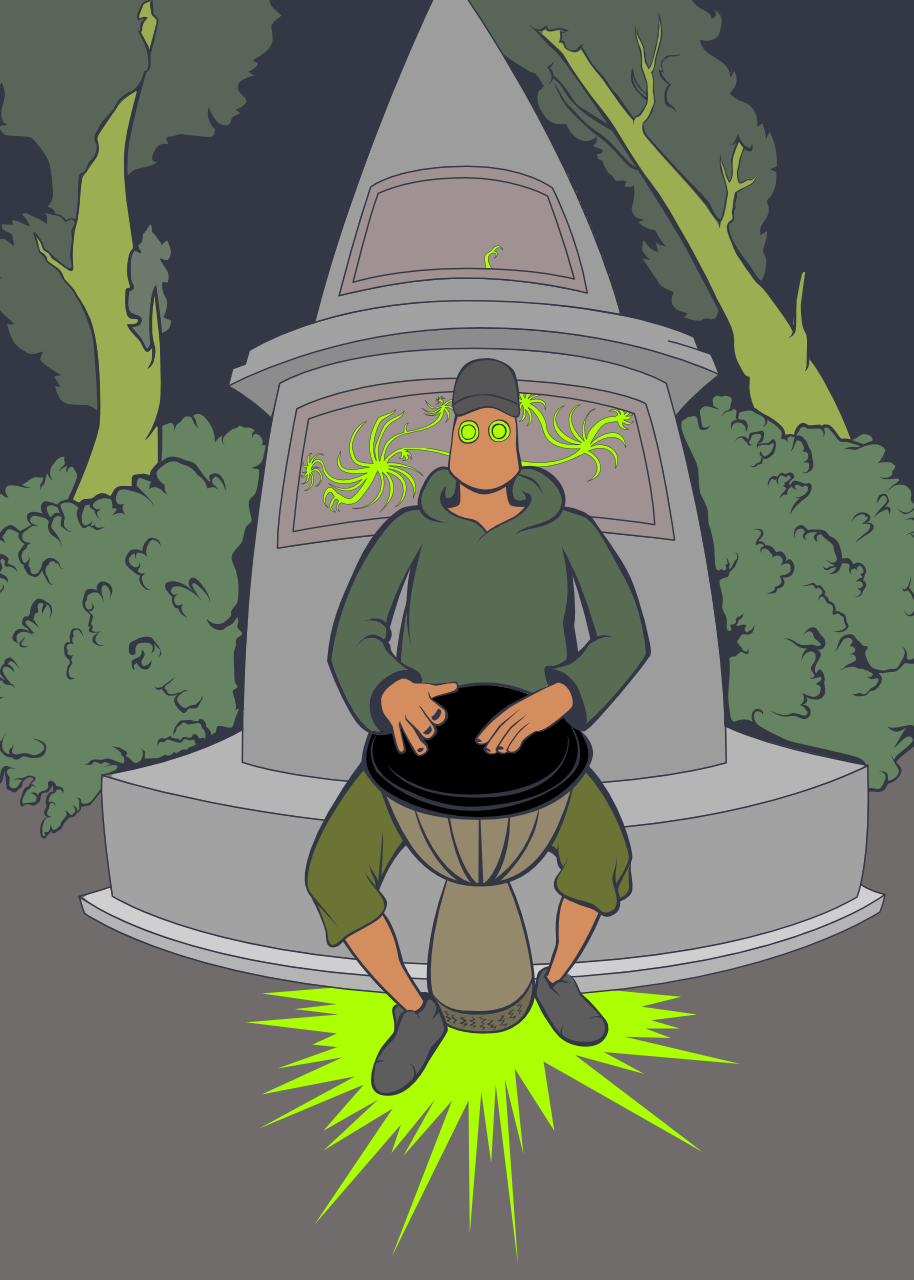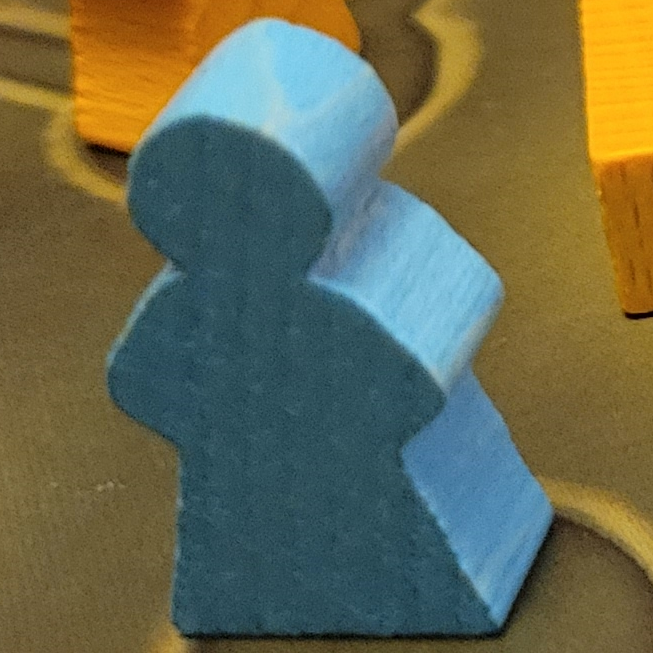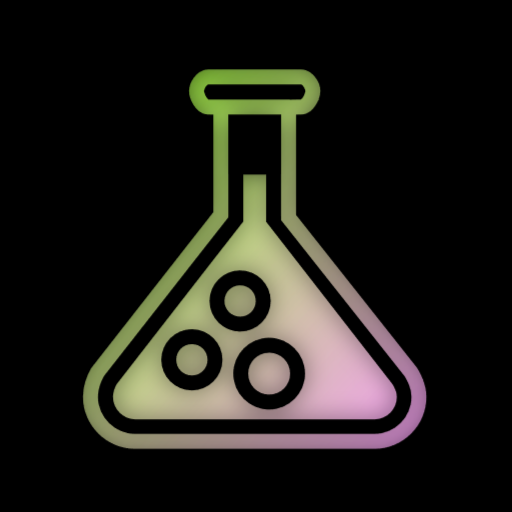

- I recently discovered it can be used in noodles in place of Bok choy and the likes. Works pretty well.
- Standard issue cabbage and carrots salad - dill, lemon, olive oil
- Cabbage stew
- cut the cabbage in strips
- sautee an onion, carrots
- add in cabbage, seasoning, and cook for a while
- optionally add chopped tomatoes toward the end












